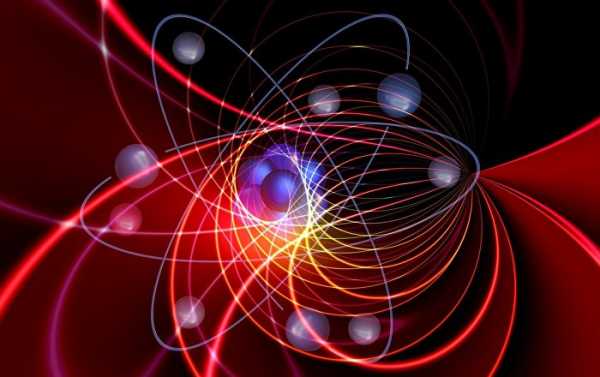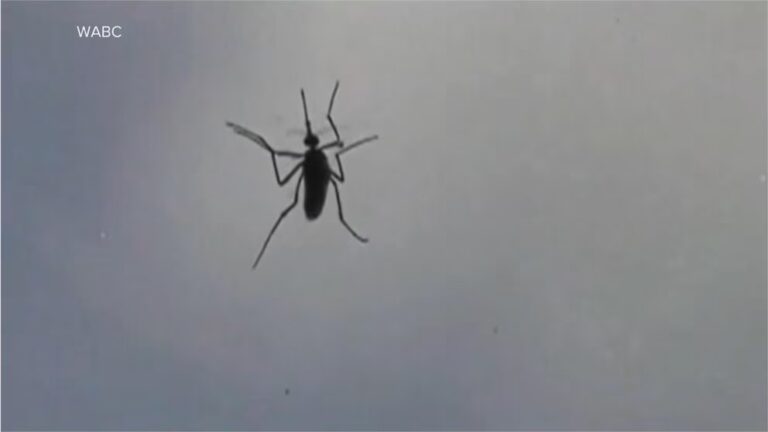
In quantum physics, when three atoms interact, one aftermath is that two of these collide to form a molecule, while the third gets a “kick” of energy, in a process that takes place everywhere from “laboratory plasmas to star-forming gas clouds”, but had yet to be directly observed.
A team of physicists have been able to “hold” individual atoms in place in a groundbreaking study published in Physical Review Letters and hailed as a first for quantum physics.
In their experiment, the team of researchers from University of Otago, New Zealand, were able to observe previously unseen atomic interactions that had earlier been studied by means of statistical averaging from tests involving large numbers of atoms.
The study, “Direct Measurements of Collisional Dynamics in Cold Atom Triads”, involved an assortment of equipment including lasers, mirrors, a vacuum chamber, and microscopes assembled in Otago’s Department of Physics.
The layout provided the setting to investigate this puzzling quantum process.
Once the three atoms draw closer to each other, two form a molecule, and all receive a “kick” from the energy released in the process. The process is magnified and viewed by a microscope camera.
Postdoctoral Researcher Marvin Weyland, who led the experiment, said:

Exotic Quantum “molecule” of three helium atoms
For the first time, researchers were able to see the outcome of individual processes, and observed a new process where two of the atoms leave the experiment together – something that had eluded researchers in experiments with many atoms.
Regarding practical applications of the research, Associate Professor Andersen believes there is potential in using it for development of future quantum technologies that might impact society as much as earlier quantum technologies that brought about the age of modern computers and the Internet.

Quantum computer
Sourse: sputniknews.com






